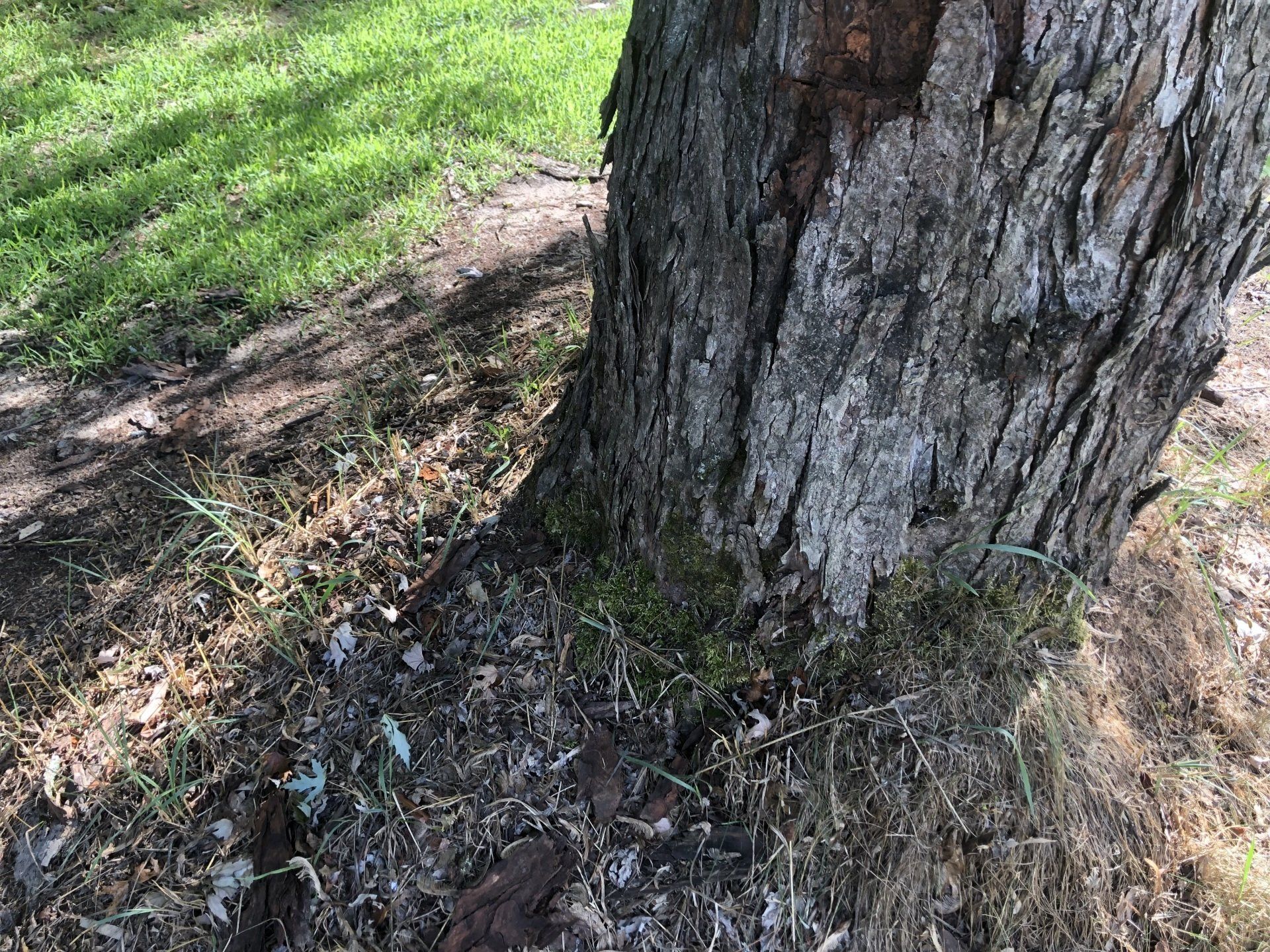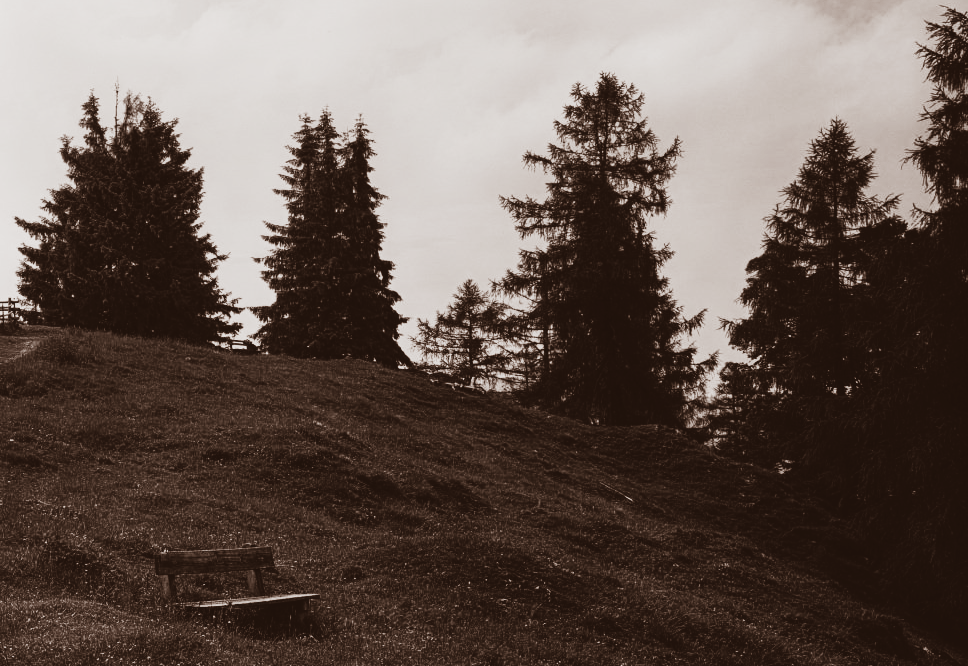Planting Trees On Steep Slopes
Is it wise to plant a tree at an angle?
Planting trees on steep slopes follows the same basic principles as if you were planting trees on slopes or flatlands but with a few extra steps.
Table of Contents
Planting Trees On Steep Slopes: Step By Step Guide
- First thing first. You gotta dig that planting hole, but how big and what tools? Well, typically speaking, you want the hole to be about 3x the size of the root ball and about just as high. Measure from the root flare to the bottom of the tree roots.
- As you are digging the hole, be sure to pile some of that dirt on the downslope of the hole. So you'll be cutting into the slope on the uphill side of the tree and extending the downhill portion.
- The aim is to create a 'shelf' for the tree to be centered in that us the uphill portion on one side and the downhill portion on the other side.
- Loosen the edges of the inside of the hole by poking at them with your shovel. This will allow the roots of the tree to have an easier time growing into the hole.
- If there are curled-up roots on your root ball try to straighten them out without damaging the integrity of the root ball.
- Put the root ball of the tree into the hole and cover any exposed roots with about 1 to 2 inches of soil.
- Be sure to mulch and irrigate the tree as best as possible while it's being established. You can use something like drip tape irrigation or any irrigation system - so long as it gets water. If you have any issues like clay soil that reduce water penetration, dig a real shallow swale on the upside of the slope and create a berm on the lower. This will allow the water to pool onto the tree spot.
- Be sure to watch the tree over the years. If the tree branches become too heavy over the slope, you may need to get a set of tree loppers to trim them back. As always, contact a professional.
Why You Should Start Planting Trees On Slopes

There are many reasons you might want to be planting trees on slopes. For example, if you live in an area that is prone to landslides, planting trees can help stabilize the soil and prevent disasters. Additionally, trees can provide much-needed shade and windbreaks in hot, exposed areas. And of course, they beautify the landscape.
Now some people might think mountainside when they think slope but in actually, a slope doesn't have to be all that big. Even the slightest of slopes can change the game when it comes to planting a tree on a slope.
The tree's roots will have a harder time holding on in loose soil, and the tree itself will be more likely to topple over. So it's important to take into account the angle of the slope when you're planting.
That said, there are certain trees that are better suited for slopes than others. We'll cover everything you need and more in this guide.
Important Things To Consider When You Plant A Tree On A Slope
When you plant trees on a slope, there are a few things you should take into account before getting started.
First and foremost, you'll need to make sure the tree is properly anchored. The roots will need to be able to grip the soil tightly so the tree doesn't topple over.
You'll also need to take into account the angle of the slope. The steeper the slope, the more important it is to choose a tree that is less likely to fall over.
Finally, you'll need to make sure you have the right equipment. Planting trees on slopes can be tough, so you'll need to make sure you have all the right tools, especially to make the correct planting hole.

FAQs
There you have it! That's all it takes to plant trees on a slope. If you liked this guide, you may enjoy reading about good front yard trees, too.
Planting trees on a slope isn't super difficult or all that different from planting trees on flat area. Doesn't matter if it's fruit trees or shade trees. Make sure you get your planting hole right on those steeper slopes and watch out for soil erosion and you should be good to go.

Before you go...
Planting trees on steep slopes can be difficult. But how do you water the trees once you've planted them? Every tree sapling needs the right amount of water to get established! Be sure to read our next article on how to water your newly planted trees properly...
